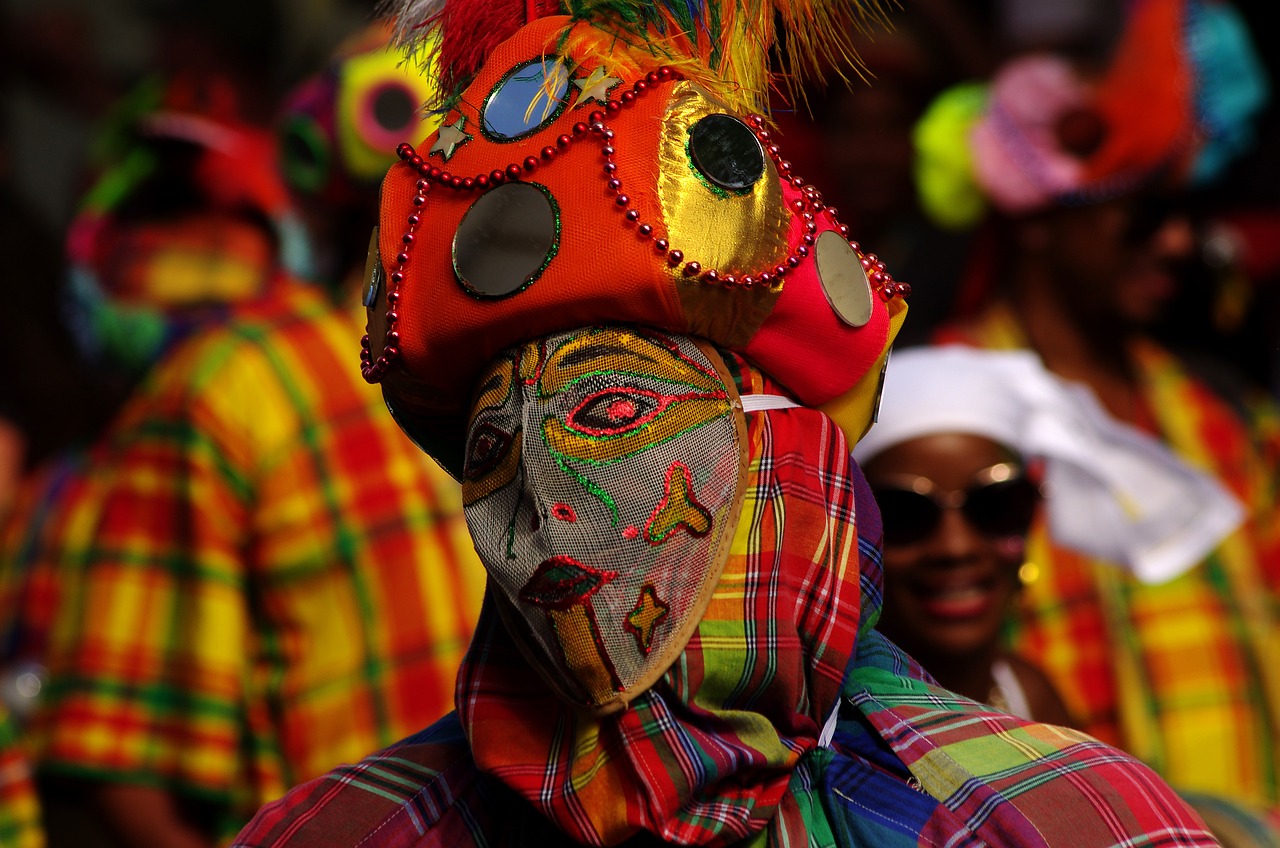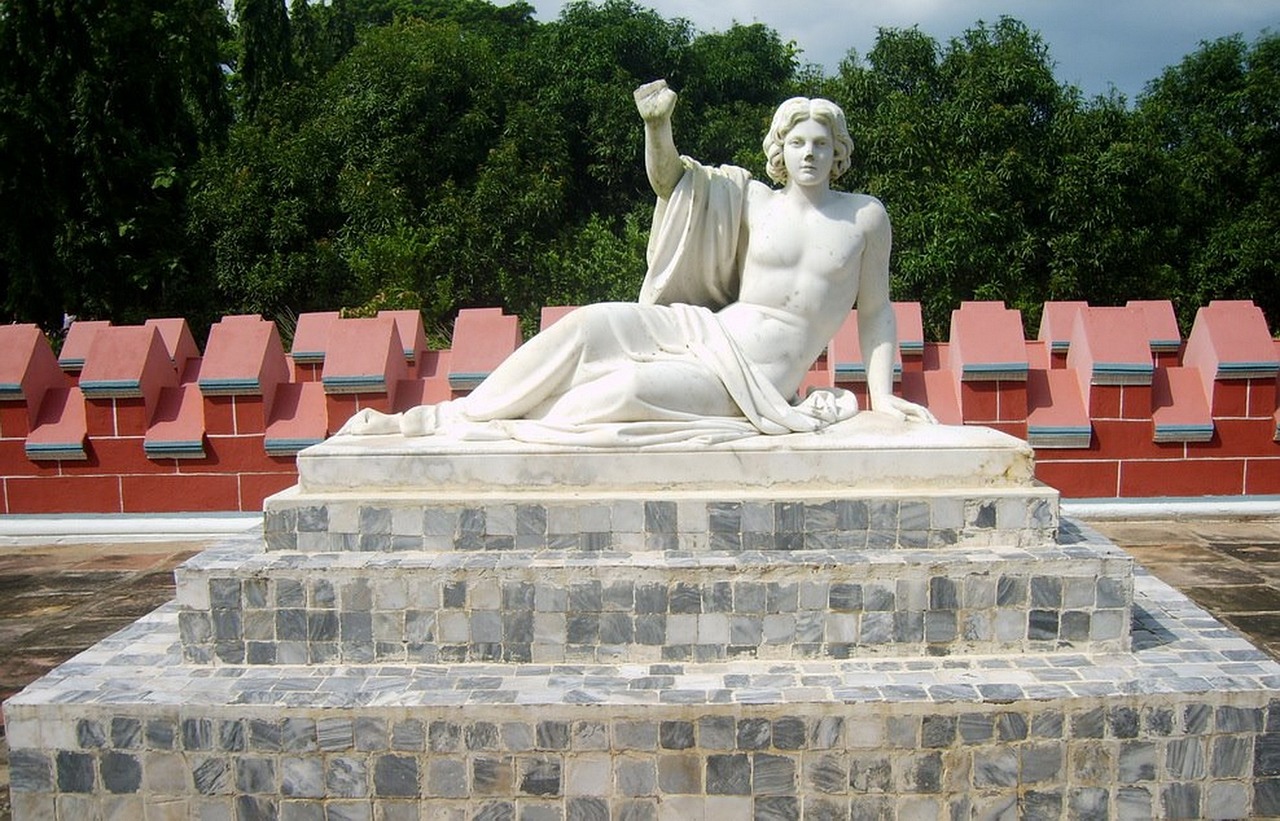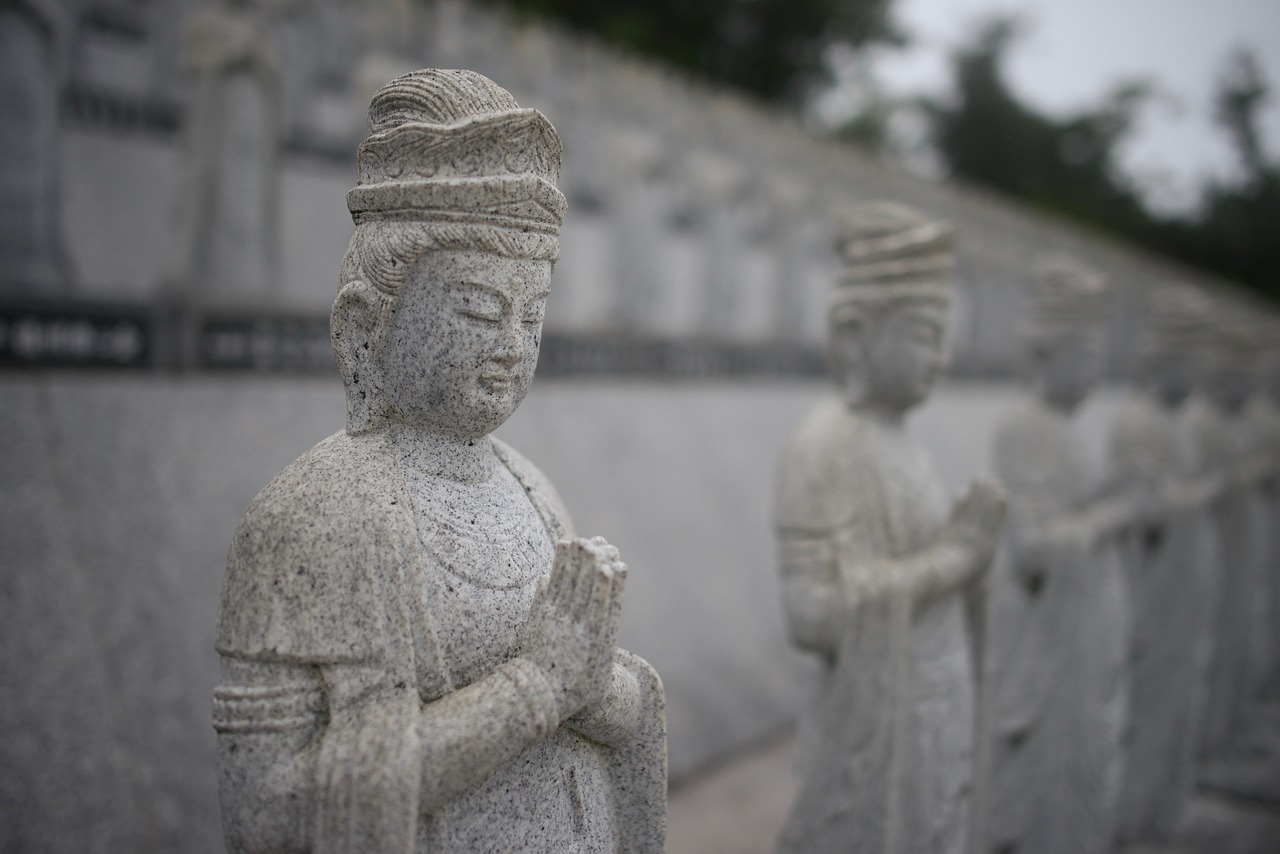This article delves into the rich cultural heritage of West Bengal, emphasizing its art, festivals, cuisine, and historical significance, making it an essential destination for cultural enthusiasts.
The Rich Heritage of West Bengal
West Bengal is a state that proudly showcases a diverse cultural heritage, influenced by various factors such as art, literature, and music. This vibrant cultural hub of India is home to numerous traditions that have evolved over centuries.
Festivals that Celebrate Culture
The state is renowned for its colorful festivals, with events like Durga Puja and Poila Boishakh exemplifying the rich traditions and communal harmony of West Bengal.
- Durga Puja: A Grand Celebration
- Durga Puja stands as the most significant festival in West Bengal, attracting millions with its elaborate decorations, artistic pandals, and cultural performances that reflect the region’s spirituality.
- Significance of Durga Puja
- This festival symbolizes the victory of good over evil, deeply rooted in the culture and identity of the Bengali people.
- Art and Craft during Durga Puja
- Local artisans create stunning idols and decorations, showcasing traditional craftsmanship and fostering community spirit.
Other Notable Festivals
In addition to Durga Puja, festivals like Kali Puja and Poush Mela highlight the diverse cultural practices prevalent in West Bengal.
Culinary Delights of West Bengal
The cuisine of West Bengal is a true reflection of its cultural diversity, offering a wide array of flavors, ingredients, and cooking techniques that delight food enthusiasts.
- Signature Dishes to Try
- Bengali cuisine is famous for its fish dishes, sweets like Rosogolla, and unique flavors that are an essential part of the cultural experience.
- Street Food Culture
- The vibrant street food scene in cities like Kolkata offers a variety of delicious snacks that provide a taste of local life.
Art and Literature in West Bengal
West Bengal has a rich literary and artistic tradition, producing acclaimed poets, writers, and artists whose works have significantly influenced Indian culture.
- Famous Literary Figures
- The state is home to literary giants like Rabindranath Tagore and Sarat Chandra Chattopadhyay, whose contributions have left an indelible mark on Bengali and Indian literature.
- Visual Arts and Crafts
- From traditional Patachitra paintings to contemporary art forms, West Bengal showcases a diverse range of artistic expressions.
Historical Significance of West Bengal
The historical backdrop of West Bengal, with its colonial past and independence movement, adds depth to its cultural narrative, making it a fascinating destination for history buffs.
- Colonial Architecture
- The influence of British colonial architecture is evident in cities like Kolkata, where grand structures tell the story of a bygone era.
- Freedom Struggle and Cultural Identity
- West Bengal played a crucial role in India’s freedom struggle, fostering a spirit of resistance and cultural pride that continues to resonate today.
Conclusion: A Cultural Mosaic
West Bengal is a vibrant tapestry of culture, history, and tradition, making it an unparalleled destination for those seeking to immerse themselves in the richness of Indian heritage.
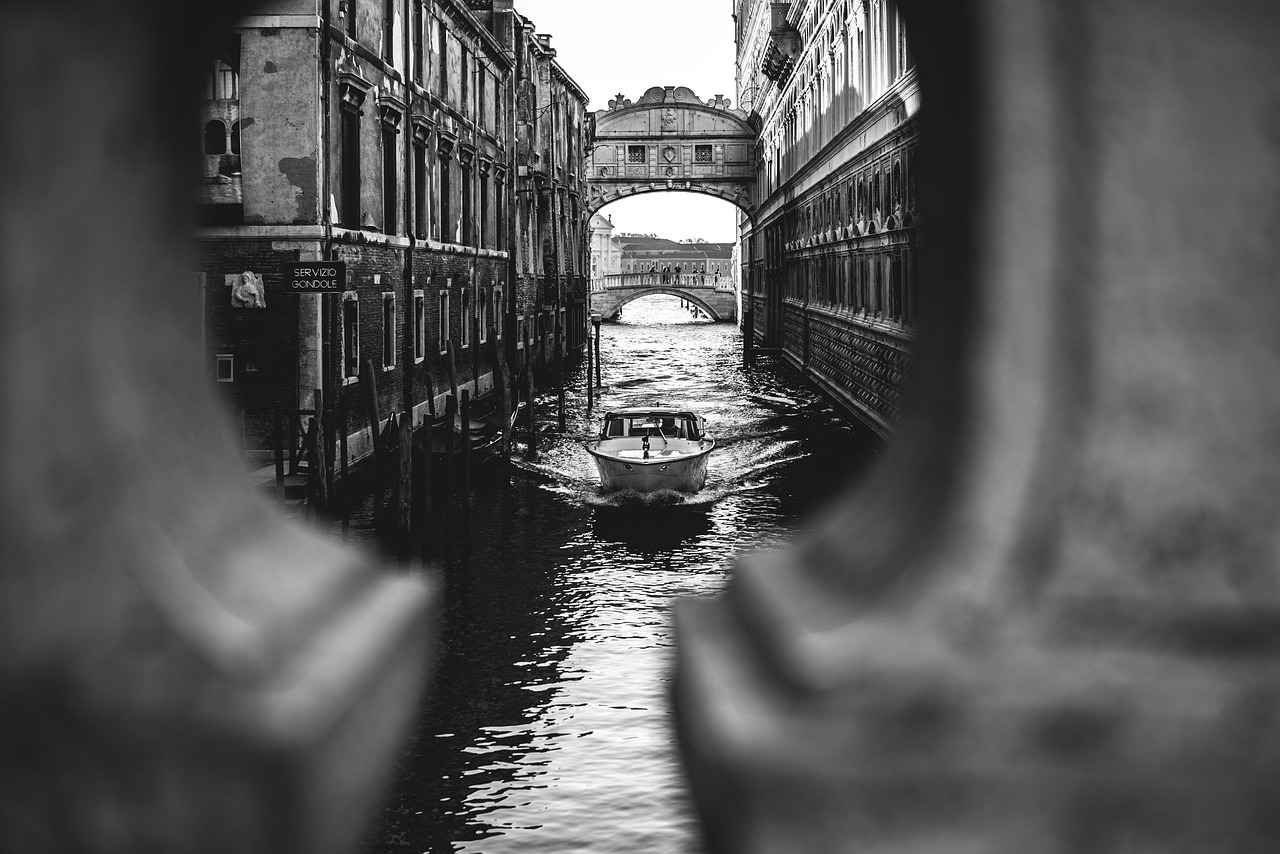
The Rich Heritage of West Bengal
West Bengal is a state that stands as a testament to India’s rich cultural diversity. Its heritage is a vibrant tapestry woven from various influences, including art, literature, and music. This unique blend makes West Bengal a captivating destination for those who appreciate cultural richness.
The state’s artistic legacy is particularly noteworthy. From the intricate Patachitra paintings to the mesmerizing Rabindra Sangeet, West Bengal showcases a plethora of artistic expressions. The local art scene is not only alive but thriving, with numerous galleries and exhibitions that highlight both traditional and contemporary works.
In literature, West Bengal has produced some of the most celebrated writers in Indian history. Rabindranath Tagore, the first non-European Nobel laureate in Literature, hails from this region. His works reflect the essence of Bengali culture and philosophy, influencing generations of writers and poets.
Music is another pillar of West Bengal’s cultural identity. The state is renowned for its folk music, classical traditions, and modern genres. Festivals often feature live performances, allowing visitors to experience the soulful melodies that resonate with the spirit of the Bengali people.
Moreover, West Bengal’s festivals, such as Durga Puja and Poila Boishakh, are vibrant celebrations that bring communities together. These events not only showcase local traditions but also emphasize the state’s communal harmony and artistic prowess through elaborate decorations and cultural performances.
In conclusion, West Bengal is a cultural hub that offers a rich heritage shaped by diverse influences. Its art, literature, and music create a vibrant atmosphere that captivates both locals and visitors alike. For anyone looking to delve into the depths of Indian culture, West Bengal stands out as an essential destination.

Festivals that Celebrate Culture
West Bengal is a state that pulsates with life, especially during its vibrant festivals. These celebrations are not just events; they are a reflection of the rich cultural heritage and communal harmony that defines the region. Among the myriad of festivities, two stand out for their grandeur and significance: Durga Puja and Poila Boishakh.
Durga Puja, celebrated primarily in the month of October, is the most prominent festival in West Bengal. It marks the victory of the goddess Durga over the buffalo demon Mahishasura, symbolizing the triumph of good over evil. The festival transforms the state into a vibrant canvas of art and devotion, with intricately designed pandals (temporary structures) showcasing stunning idols of the goddess. Local artisans pour their heart and soul into creating these masterpieces, making each pandal a unique work of art that draws thousands of visitors.
The atmosphere during Durga Puja is electric, filled with music, dance, and cultural performances that resonate with the spirit of the festival. Streets are adorned with colorful lights, and the air is filled with the aroma of traditional Bengali delicacies, enhancing the festive spirit. This celebration not only brings together families and friends but also fosters a sense of community, as people from different backgrounds come together to partake in the festivities.
On the other hand, Poila Boishakh, the Bengali New Year, is celebrated in April and marks the beginning of the agricultural calendar. This festival is characterized by its traditional fairs, delicious food, and cultural programs that highlight the essence of Bengali culture. People dress in traditional attire, visit temples, and enjoy a variety of traditional dishes, including panta bhat and ilish maach. The day is also marked by various cultural performances, including folk music and dances, which showcase the state’s artistic heritage.
Both Durga Puja and Poila Boishakh are not just celebrations; they are a testament to the communal harmony and the rich tapestry of traditions that West Bengal embodies. These festivals invite everyone to experience the warmth and vibrancy of Bengali culture, making West Bengal a true cultural haven.
Durga Puja: A Grand Celebration
Durga Puja is not just a festival; it is a grand celebration that encapsulates the essence of Bengali culture and spirituality. Every year, millions flock to West Bengal to partake in this magnificent event, which is marked by its elaborate decorations, artistic pandals, and vibrant cultural performances. This festival is a reflection of the region’s rich traditions and communal harmony, making it a significant highlight in the cultural calendar of India.
The festival typically spans over several days, with each day dedicated to different rituals and celebrations. The idol of Goddess Durga, crafted by local artisans, becomes the centerpiece of the festivities. These idols are often adorned with intricate details, showcasing the exceptional craftsmanship of the artists. The artistry involved in creating these idols is a testament to the cultural heritage of West Bengal, as skilled artisans pour their heart and soul into their work.
During Durga Puja, the streets come alive with music, dance, and theatrical performances. Cultural programs are organized in various pandals, where local artists and performers showcase their talents. These events foster a sense of community and bring people together, transcending social and economic barriers. The atmosphere is filled with joy and devotion, as people from all walks of life come together to celebrate.
Furthermore, the festival holds deep spiritual significance. It symbolizes the victory of good over evil, as the goddess is worshipped for her strength and compassion. This theme resonates with many, making Durga Puja not just a celebration, but a reminder of the enduring spirit of resilience and hope.
In conclusion, Durga Puja is a grand celebration that goes beyond mere festivities. It is an expression of the cultural identity of the Bengali people, a showcase of artistic talent, and a profound spiritual experience. For anyone seeking to understand the heart of West Bengal, participating in this festival is an unforgettable journey into its rich cultural tapestry.
Significance of Durga Puja
Durga Puja is not just a festival; it is a celebration of life, deeply embedded in the cultural fabric of West Bengal. This grand event marks the victory of the goddess Durga over the buffalo demon Mahishasura, symbolizing the ultimate triumph of good over evil. The festival is a time when communities come together to honor this victory, reflecting the values of unity, compassion, and spirituality.
During Durga Puja, the streets of West Bengal transform into vibrant hubs of activity, filled with elaborate decorations and artistic pandals that capture the imagination. Local artisans showcase their skills by creating stunning idols of Durga, adorned with intricate details that tell stories of mythology and cultural heritage. This artistic expression not only highlights the craftsmanship of the region but also brings communities together in a shared spirit of celebration.
The festival also serves as a reminder of the importance of tradition and heritage. Families come together to participate in rituals, share meals, and engage in cultural performances, fostering a sense of belonging and continuity. The communal aspect of Durga Puja is particularly significant, as it promotes harmony among diverse groups, reinforcing the idea that together, we can overcome challenges and celebrate life’s victories.
In essence, Durga Puja is a profound expression of the Bengali identity, a time for reflection, gratitude, and celebration. It encapsulates the essence of resilience and hope, reminding us that even in the face of adversity, the spirit of goodness will always prevail.
Art and Craft during Durga Puja
Durga Puja, the most celebrated festival in West Bengal, is not just a religious observance; it is a vibrant exhibition of art and craftsmanship that encapsulates the spirit of the community. Local artisans play a pivotal role in this grand celebration, creating stunning idols and intricate decorations that reflect both traditional techniques and contemporary innovations.
Every year, artisans dedicate countless hours to sculpting idols of Goddess Durga, each representing a unique artistic expression. The process of idol-making involves several stages, from crafting the clay figures to painting them with bright, vivid colors. These idols are often adorned with elaborate jewelry and clothing, showcasing the meticulous attention to detail that artisans are renowned for.
In addition to idols, the decorations of the pandals (temporary structures) are a highlight of the festival. Artisans collaborate with architects and designers to create thematic pandals that often reflect social issues, historical events, or cultural motifs. This fusion of art and social commentary transforms the streets into a gallery of creativity, drawing visitors from all over the world.
Moreover, the festival fosters a sense of community as families and friends come together to participate in the preparations. Local workshops buzz with activity, as artisans share their skills with younger generations, ensuring the preservation of these traditional crafts. This collaborative spirit not only enhances the quality of the art produced but also strengthens community bonds.
As the festival approaches, the excitement builds, and the streets are filled with the sounds of laughter and music, symbolizing the unity and joy that Durga Puja brings. The artistry displayed during this time is a testament to the rich cultural heritage of West Bengal, making it a truly unforgettable experience for both locals and tourists alike.
In conclusion, the art and craft during Durga Puja are more than mere decorations; they are a celebration of tradition, community, and creativity. This festival stands as a vibrant reminder of the power of art to unite and inspire.
Other Notable Festivals
in West Bengal are a testament to the state’s rich cultural tapestry, reflecting a blend of spiritual beliefs, local traditions, and community celebrations. Beyond the grandeur of Durga Puja, festivals like Kali Puja and the Poush Mela offer a glimpse into the diverse practices that characterize this vibrant region.
Kali Puja is celebrated with equal fervor, particularly in the city of Kolkata. This festival, dedicated to the fierce goddess Kali, involves nighttime rituals and the lighting of numerous lamps, creating a mesmerizing atmosphere. Devotees offer prayers, sweets, and flowers to seek blessings for strength and protection. The festival not only emphasizes devotion but also showcases the unity of communities coming together to honor their beliefs.
Another significant festival is the Poush Mela, held in the Santiniketan area. This fair is a celebration of the harvest season and is marked by traditional music, dance, and handicrafts. It attracts artisans and performers from across the region, making it a hub of creativity and cultural exchange. Visitors can experience the warmth of Bengali hospitality while enjoying local delicacies and shopping for unique handcrafted items.
These festivals, along with others like Poila Boishakh (Bengali New Year) and Chhath Puja, contribute to the rich cultural landscape of West Bengal. Each festival serves as a reminder of the state’s deep-rooted traditions and the importance of community in celebrating life’s milestones.
In conclusion, West Bengal’s festivals are not just events; they are vibrant expressions of its cultural identity, inviting everyone to partake in its joyous celebrations.

Culinary Delights of West Bengal
West Bengal’s cuisine is a culinary treasure that reflects the state’s rich cultural diversity. The food is a delightful blend of flavors, textures, and aromas that captivate both locals and visitors alike. It showcases a variety of ingredients sourced from the region’s fertile lands and waters, making it a unique gastronomic experience.
One of the most notable aspects of Bengali cuisine is its emphasis on freshness. Fish, particularly varieties like hilsa and rohu, plays a pivotal role in daily meals. The preparation methods range from simple steaming to elaborate curries that are infused with an array of spices and herbs. Vegetarian dishes are equally celebrated, featuring ingredients like lentils, potatoes, and seasonal vegetables, often cooked with mustard oil, which adds a distinctive flavor.
Signature Dishes to Try
- Shorshe Ilish: Hilsa fish cooked in a mustard sauce, a true delicacy.
- Chingri Malai Curry: Prawns cooked in coconut milk with aromatic spices.
- Alur Dom: Spicy potato curry that is a staple in Bengali households.
- Rosogolla: Soft, syrupy sweets made from cottage cheese, a must-try dessert.
The street food culture in West Bengal, especially in Kolkata, is vibrant and varied. From puchka (pani puri) to kathi rolls, these quick bites are not only delicious but also represent the local way of life. Street vendors offer an array of snacks that are both affordable and packed with flavor, making them popular among all age groups.
Conclusion
In summary, West Bengal’s culinary landscape is a harmonious blend of tradition and innovation, making it a paradise for food lovers. With its diverse range of dishes and flavors, exploring Bengali cuisine is an essential part of experiencing the rich culture of this remarkable state.
Signature Dishes to Try
Bengali cuisine is a vibrant tapestry of flavors, textures, and aromas, deeply rooted in the cultural identity of the Bengali people. This culinary tradition is not only about food; it represents the rich heritage and history of the region. Among the myriad of dishes, fish holds a special place, reflecting the state’s geographical proximity to water bodies. The use of fresh ingredients, particularly fish, is a hallmark of Bengali cooking, making it a must-try for any food enthusiast.
One of the most iconic dishes is Shorshe Ilish, which features hilsa fish cooked in a mustard sauce. This dish exemplifies the bold flavors that Bengali cuisine is known for. Another popular dish is Chingri Malai Curry, a creamy prawn curry that combines coconut milk with spices, creating a rich and indulgent experience.
Bengali sweets are equally famous, with Rosogolla being a standout. These soft, syrupy dumplings made from chhena (Indian cottage cheese) are a delightful treat that has captured the hearts of many. Other sweets like Sandesh and Mishti Doi (sweetened yogurt) further showcase the region’s expertise in creating desserts that are both flavorful and visually appealing.
The culinary landscape of West Bengal is not complete without its street food, which offers a glimpse into the everyday lives of its people. Snacks like Puchka (pani puri) and Jhalmuri (spicy puffed rice) are not just delicious but also reflect the communal spirit of the region.
In conclusion, exploring Bengali cuisine is an essential part of experiencing the cultural richness of West Bengal. From its delectable fish dishes to its mouth-watering sweets, the culinary offerings are a testament to the state’s diverse heritage and traditions.
Street Food Culture
in West Bengal, particularly in cities like Kolkata, is a vibrant and essential aspect of the region’s culinary identity. This lively scene offers an array of snacks that not only tantalize the taste buds but also reflect the rich cultural tapestry of the area. From bustling roadside stalls to local markets, the street food experience is a feast for the senses.
The diversity of street food in Kolkata is astounding, with each dish telling a story of tradition and community. Some of the most popular snacks include:
- Puchka (also known as Panipuri or Golgappa) – A crispy hollow puri filled with a spicy tamarind water and a mix of potatoes and chickpeas.
- Kathi Rolls – Grilled skewered meats or vegetables wrapped in a paratha, often served with a tangy sauce.
- Jhal Muri – A spicy puffed rice snack mixed with mustard oil, onions, and green chilies, perfect for a quick bite.
- Chaat – A medley of flavors and textures, featuring crispy fried dough, yogurt, and various chutneys.
This street food culture is not just about the food; it is a social experience that brings people together. Vendors often become community fixtures, serving generations of families and creating a sense of belonging. The bustling markets and food stalls are filled with laughter, chatter, and the enticing aroma of spices, making them an integral part of Kolkata’s urban landscape.
Moreover, these street foods are often affordable, allowing people from all walks of life to enjoy them. This accessibility promotes a unique culinary democracy, where everyone can partake in the local flavors and traditions. Whether you’re a local or a visitor, indulging in Kolkata’s street food is a must-do experience that offers a genuine taste of the city’s vibrant culture.
In conclusion, the in West Bengal is a delightful blend of flavors, traditions, and community spirit. It serves as a reflection of the region’s rich heritage, making it an essential part of the cultural experience for anyone exploring this dynamic state.

Art and Literature in West Bengal
are not just forms of expression; they are the very essence of the state’s identity. This vibrant region boasts a legacy that has profoundly shaped Indian culture, making it a treasure trove for cultural enthusiasts.
West Bengal’s literary tradition is rich and diverse, having produced a plethora of renowned poets, novelists, and playwrights. The state is perhaps best known for its illustrious figure, Rabindranath Tagore, who was the first non-European to win the Nobel Prize in Literature. His works, characterized by their lyrical beauty and deep philosophical insights, continue to resonate with readers worldwide.
Another significant literary giant is Sarat Chandra Chattopadhyay, whose poignant stories often reflect the struggles and aspirations of the common man. His narratives have become a part of the cultural fabric of Bengal, influencing generations of writers and readers alike.
In addition to literature, West Bengal is celebrated for its visual arts. The state is home to various traditional art forms, including Patachitra, a form of scroll painting that tells stories through intricate designs and vibrant colors. These artworks often depict mythological themes and local folklore, showcasing the region’s rich cultural heritage.
Moreover, contemporary artists from West Bengal are making significant strides on the global stage, blending traditional techniques with modern themes. This fusion creates a dynamic art scene that attracts both national and international attention.
In conclusion, the artistic and literary landscape of West Bengal is a reflection of its cultural richness and diversity. From the timeless works of legendary authors to the innovative expressions of contemporary artists, the state continues to inspire and engage cultural enthusiasts from all walks of life.
Famous Literary Figures
have shaped the cultural landscape of West Bengal, making it a beacon of literary excellence in India. The state has produced an array of writers, poets, and playwrights whose works continue to resonate with readers worldwide. Among these luminaries, Rabindranath Tagore and Sarat Chandra Chattopadhyay stand out as titans of Bengali literature, each making profound contributions that have left an indelible mark on both Bengali and Indian literary traditions.
Rabindranath Tagore, the first non-European Nobel laureate in Literature, revolutionized the literary scene with his poetry, songs, and plays. His collection of poems, Gitanjali, is celebrated for its deep spiritual insight and lyrical beauty. Tagore’s ability to weave themes of nature, love, and the human experience into his works has inspired countless generations. His literary genius extends beyond poetry to include novels and essays that explore the complexities of life and society.
Sarat Chandra Chattopadhyay, another monumental figure, is best known for his poignant stories that delve into the lives of the common people. His works, such as Devdas and Parineeta, highlight social issues and the struggles faced by individuals in a rapidly changing society. Chattopadhyay’s narratives are infused with empathy and realism, making them relatable and timeless.
Both authors not only enriched Bengali literature but also contributed significantly to the broader Indian literary canon. Their works have been translated into numerous languages, allowing global audiences to appreciate their insights and artistry.
In addition to Tagore and Chattopadhyay, West Bengal has nurtured many other writers, including Jibanananda Das and Mahasweta Devi, who have further diversified the literary landscape. The state continues to be a nurturing ground for emerging writers, fostering a vibrant literary culture that celebrates creativity and expression.
In conclusion, the literary heritage of West Bengal, marked by the contributions of its famous figures, serves as a reminder of the power of words to inspire, challenge, and transform society. This rich tradition continues to thrive, making West Bengal an essential destination for literary enthusiasts.
Visual Arts and Crafts
Visual Arts and Crafts in West Bengal are not just forms of expression; they are a reflection of the state’s rich cultural tapestry. From the intricate details of traditional Patachitra paintings to the innovative approaches of contemporary artists, the artistic landscape of West Bengal is both diverse and captivating.
West Bengal’s artistic heritage is deeply rooted in its history and traditions. The Patachitra style, characterized by its vibrant colors and storytelling themes, has been passed down through generations. These paintings often depict mythological narratives, showcasing the skill and creativity of local artisans. Artisans in the region dedicate years to perfecting their craft, ensuring that each piece tells a story and preserves cultural identity.
As we move into the contemporary art scene, West Bengal continues to thrive. Artists are now blending traditional techniques with modern themes, creating a unique fusion that appeals to both local and international audiences. This evolution of art forms not only highlights the adaptability of West Bengal’s artists but also their commitment to addressing contemporary social issues through their work.
| Art Form | Description |
|---|---|
| Patachitra | Traditional scroll paintings that depict mythological stories and folklore. |
| Contemporary Art | Modern artworks that incorporate new media and address current societal themes. |
| Sculpture | Three-dimensional art that often reflects cultural and religious motifs. |
The state also hosts numerous art festivals and exhibitions, providing a platform for artists to showcase their work and engage with the public. Events such as the Kolkata Art Fair attract art lovers and collectors from across the globe, fostering a vibrant community of cultural exchange.
In conclusion, the of West Bengal are a testament to the region’s rich cultural heritage and its ability to evolve with the times. Whether through traditional Patachitra or contemporary expressions, the artistic endeavors in this state continue to inspire and captivate, making it a vital part of India’s cultural landscape.
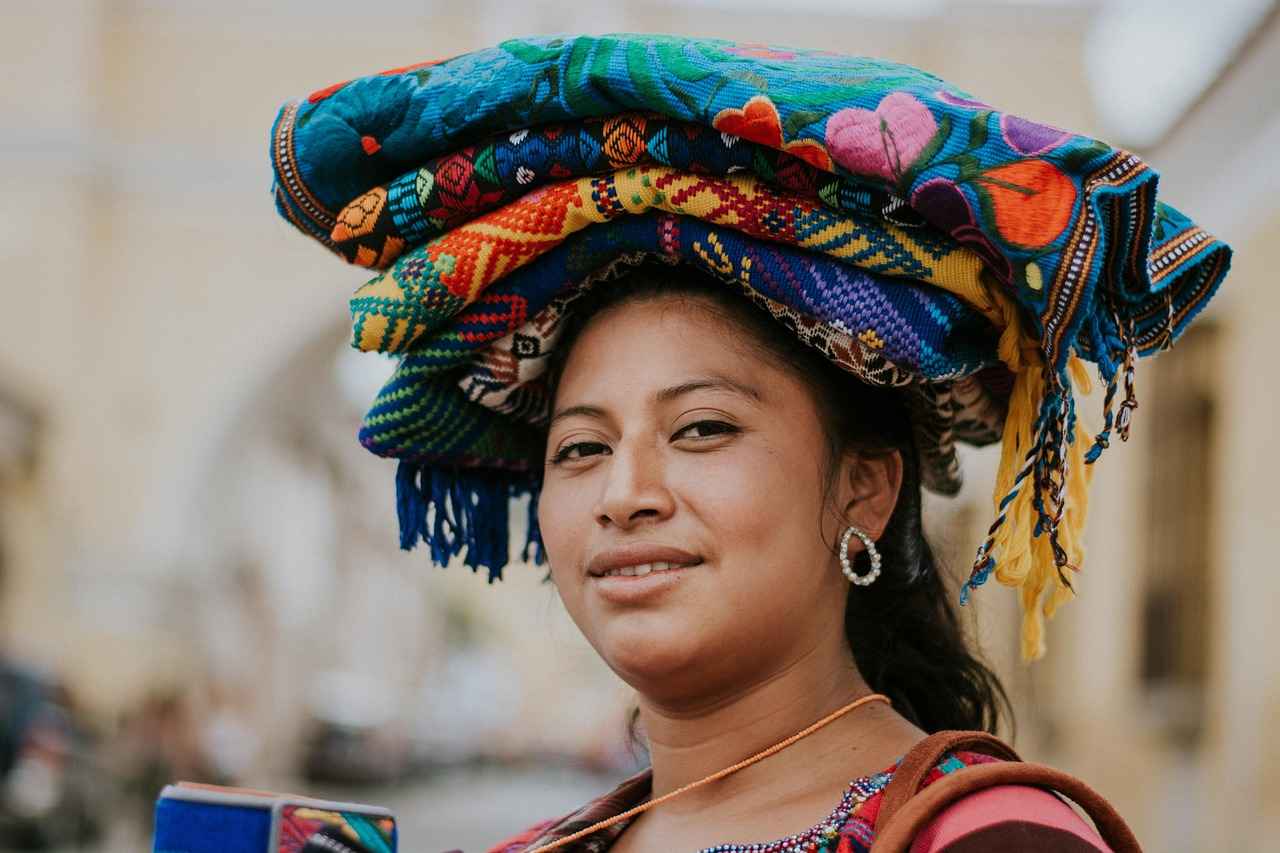
Historical Significance of West Bengal
The historical significance of West Bengal is profound, shaped by its colonial past and the fervent independence movement that unfolded within its borders. This rich tapestry of history not only informs the cultural identity of the region but also attracts numerous visitors, particularly those with a passion for history.
West Bengal’s history is marked by a blend of colonial influences and indigenous traditions. The presence of the British Empire left an indelible mark on the architecture and urban planning of cities like Kolkata, where colonial buildings such as the Victoria Memorial and Howrah Bridge stand as testaments to a complex past. These structures not only showcase the grandeur of colonial architecture but also serve as reminders of the social and political dynamics that shaped the region.
Moreover, West Bengal was a crucial battleground during the Indian independence movement. The state produced numerous leaders and activists who played pivotal roles in the struggle against British rule. Figures like Subhas Chandra Bose and Rabindranath Tagore emerged from this region, inspiring generations with their vision of freedom and cultural renaissance. The spirit of resistance is deeply ingrained in the collective memory of the Bengali people, making it a vital component of their cultural narrative.
In addition to its political history, West Bengal is rich in cultural heritage, influenced by various dynasties and communities over the centuries. The region has been a melting pot of diverse cultures, languages, and traditions, contributing to its vibrant cultural landscape. Festivals, art forms, and culinary practices reflect this eclectic mix, making West Bengal a living museum of history and tradition.
In conclusion, the historical significance of West Bengal is not merely a chapter in a textbook; it is a dynamic and living narrative that continues to evolve. For those interested in exploring the depths of India’s past, West Bengal offers a fascinating journey through time, making it an essential destination for history enthusiasts.
Colonial Architecture
has left an indelible mark on the urban landscape of West Bengal, particularly in its capital, Kolkata. The city is often referred to as the “City of Joy”, but it could just as easily be called the “City of Palaces” due to its stunning colonial-era buildings. These grand structures not only showcase the architectural prowess of the time but also tell the story of a rich and complex history that shaped the region.
The influence of British colonial architecture in Kolkata is evident in its majestic buildings, which combine various styles, including Victorian Gothic, Renaissance Revival, and Indo-Saracenic elements. Iconic landmarks such as the Victoria Memorial, the Howrah Bridge, and the Indian Museum serve as testaments to this architectural legacy.
| Building | Architectural Style | Year Completed |
|---|---|---|
| Victoria Memorial | Indo-Saracenic | 1921 |
| Howrah Bridge | Suspension Bridge | 1943 |
| Indian Museum | Neoclassical | 1814 |
Walking through the streets of Kolkata, one can observe how these buildings reflect the cultural amalgamation that occurred during the colonial period. The intricate designs and ornate facades are not merely aesthetic; they represent a blend of local craftsmanship and European influences. This fusion is evident in the use of local materials, such as red bricks and marble, combined with European architectural techniques.
Moreover, these structures have played a pivotal role in the city’s social and political history. Many of them served as venues for significant events during the Indian independence movement, making them not just architectural marvels but also symbols of resilience and struggle.
In conclusion, the colonial architecture of Kolkata is a vital part of West Bengal’s cultural heritage. It encapsulates the stories of a bygone era while continuing to inspire contemporary architects and historians alike. As visitors explore these grand edifices, they are not just witnessing the past; they are engaging with the very fabric of the city’s identity.
Freedom Struggle and Cultural Identity
West Bengal has a rich history intertwined with the struggle for India’s independence, making it a pivotal region in shaping the nation’s cultural identity. The state has been a hotbed of revolutionary activities, inspiring countless individuals to rise against colonial rule. This spirit of resistance is not just a chapter in history; it has become a fundamental aspect of Bengali culture and pride.
During the late 19th and early 20th centuries, West Bengal emerged as a center for political activism. The Swadeshi Movement initiated in Bengal encouraged the use of indigenous products and the boycott of British goods. This movement galvanized the masses, fostering a sense of unity and purpose among the people. The streets of Kolkata, the capital city, echoed with slogans of freedom and self-reliance, as intellectuals and commoners alike participated in protests and boycotts.
Prominent figures such as Subhas Chandra Bose and Bankim Chandra Chatterjee played significant roles in inspiring the populace. Bose’s call for complete independence and his formation of the Indian National Army resonated deeply with the people of Bengal. Meanwhile, Chatterjee’s literary works instilled a sense of pride and nationalism, emphasizing the importance of cultural identity in the struggle for freedom.
The cultural landscape of West Bengal also reflects this historical significance. Festivals like Durga Puja symbolize the triumph of good over evil, mirroring the fight against colonial oppression. The elaborate celebrations serve as a reminder of the resilience of the Bengali spirit, showcasing traditional art forms, music, and dance that have been passed down through generations.
Today, the legacy of the freedom struggle continues to influence the cultural identity of West Bengal. The state remains a vibrant hub of artistic expression and political activism, with its people proudly celebrating their history while advocating for social justice and equality. This enduring spirit of resistance and cultural pride is a testament to the profound impact of the freedom struggle on the identity of West Bengal.
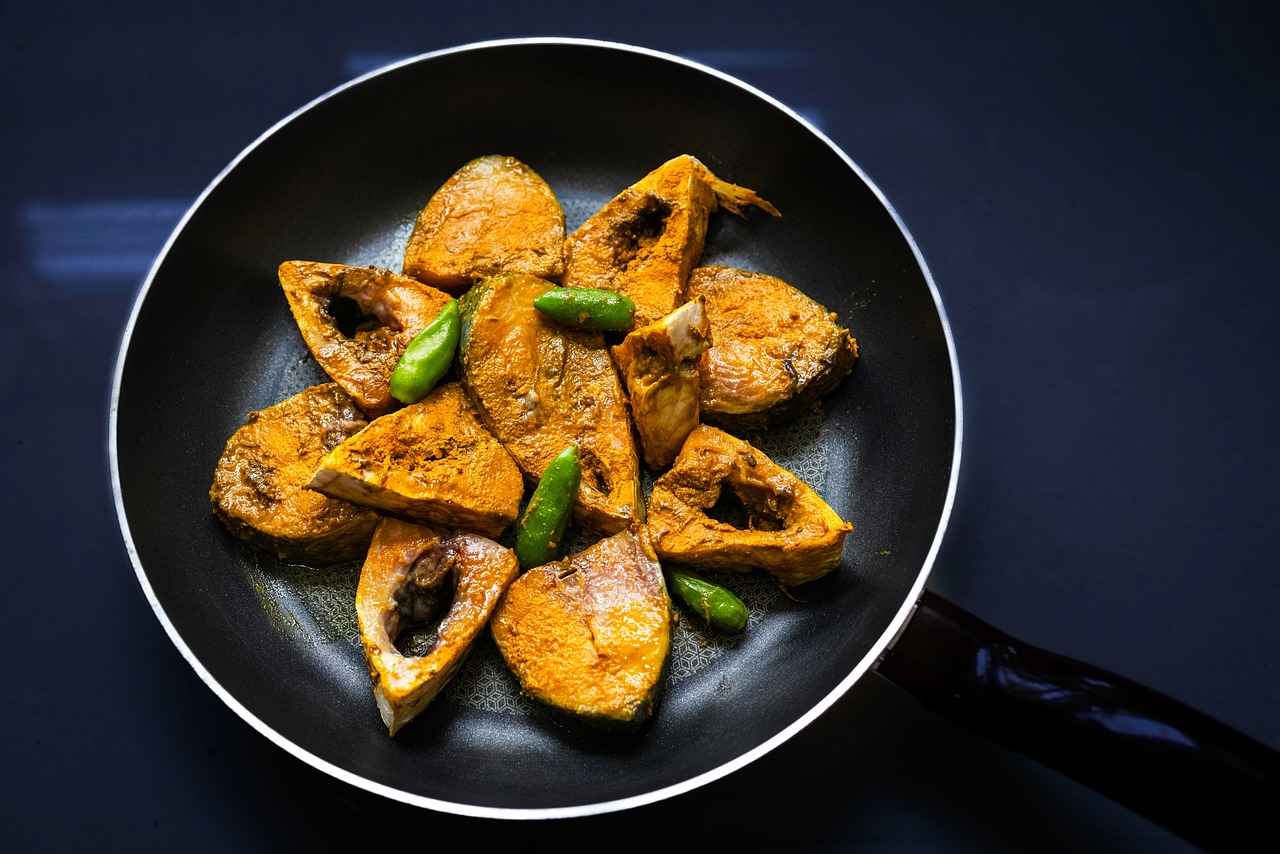
Conclusion: A Cultural Mosaic
Why West Bengal is the Ultimate Destination for Cultural Enthusiasts
West Bengal is a vibrant tapestry of culture, history, and tradition, making it an unparalleled destination for those seeking to immerse themselves in the richness of Indian heritage. This state, located in the eastern part of India, is a treasure trove of artistic expression, culinary delights, and historical significance.
The Rich Heritage of West Bengal
West Bengal boasts a diverse cultural heritage shaped by various influences, including art, literature, and music. From the classical dance forms to the folk traditions, the state is a vibrant cultural hub that attracts enthusiasts from all over the world.
Festivals that Celebrate Culture
- Durga Puja: The most significant festival, showcasing elaborate decorations and cultural performances.
- Poila Boishakh: The Bengali New Year, celebrated with vibrant processions and traditional foods.
Culinary Delights of West Bengal
The cuisine of West Bengal is a reflection of its cultural diversity, featuring an array of flavors and dishes that delight food enthusiasts. Signature dishes like fish curry and Rosogolla are must-tries, embodying the essence of Bengali culinary art.
Art and Literature in West Bengal
Home to literary giants like Rabindranath Tagore, West Bengal has a rich literary tradition. The visual arts, from traditional Patachitra paintings to modern expressions, showcase the state’s artistic prowess.
Historical Significance of West Bengal
The historical backdrop, marked by colonial architecture and the freedom struggle, adds depth to West Bengal’s cultural narrative. The grand structures in cities like Kolkata tell the story of a bygone era and the resilience of its people.
In conclusion, West Bengal is a cultural mosaic that offers a unique blend of history, art, and tradition. It stands as a testament to the rich heritage of India, making it an essential destination for cultural enthusiasts.
Frequently Asked Questions
- What makes West Bengal a cultural hub?
West Bengal is a vibrant cultural hub due to its rich heritage influenced by art, literature, music, and diverse traditions. The state’s festivals, cuisine, and historical significance create a unique tapestry that attracts cultural enthusiasts from around the world.
- What are the major festivals celebrated in West Bengal?
Some of the major festivals include Durga Puja, Kali Puja, and Poila Boishakh. Durga Puja, in particular, is the most significant, showcasing elaborate decorations, artistic performances, and a deep sense of community.
- What are some must-try dishes in Bengali cuisine?
Bengali cuisine offers a delightful array of flavors. You cannot miss trying fish curry, chhena sweets like Rosogolla, and puchka from the vibrant street food scene, which reflects the local culture and culinary traditions.
- Who are some famous literary figures from West Bengal?
West Bengal has produced several renowned literary figures, including Rabindranath Tagore, the first non-European Nobel laureate in Literature, and Sarat Chandra Chattopadhyay, whose works have significantly shaped Bengali literature.
- How does West Bengal’s history influence its culture?
The historical backdrop of West Bengal, marked by its colonial past and role in India’s freedom struggle, has fostered a rich cultural identity. This history is reflected in its architecture, literature, and the spirit of resistance embedded in its traditions.
